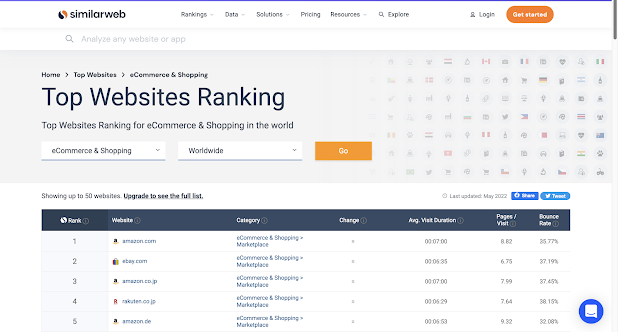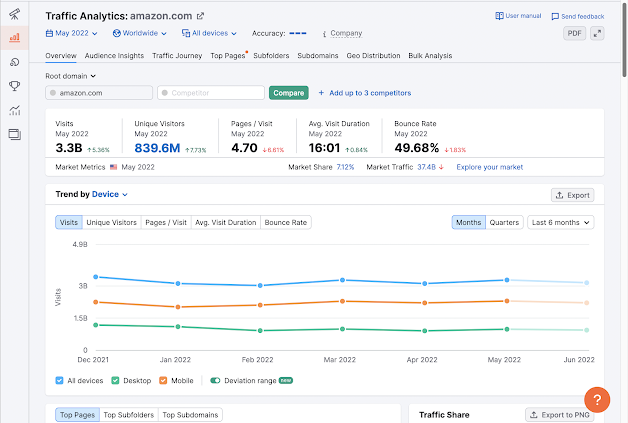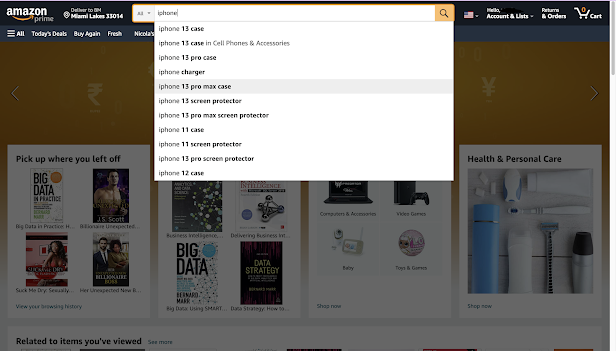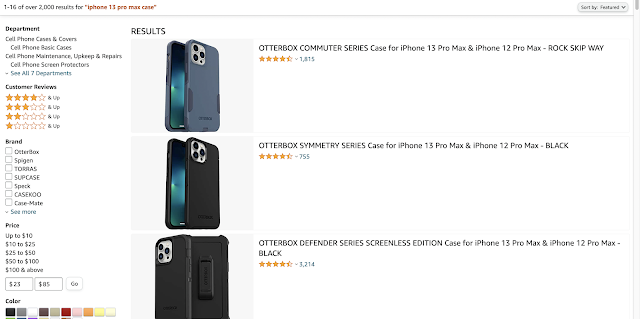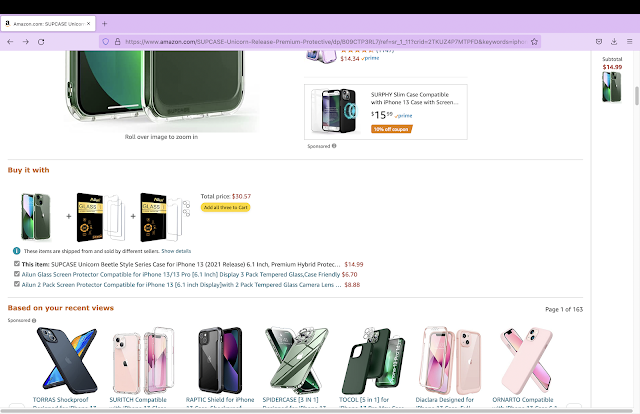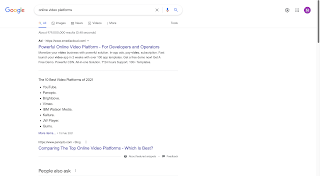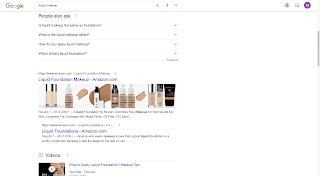Search engine optimization (SEO). The Internet has an overwhelming amount of information on this topic, discussing what it is and how to rank for higher placement on a search engine results page (SERP).
In addition, there’s also equally a lot of content on how algorithms serve to determine which sites appears on page 1 vs page 100+ on SERPs. Understanding how algorithms work and what needs to be done to allow them to crawl your pages and rank your website above your competitors is paramount. Why? If you happen to operate in an industry that’s very saturated, like say restaurants, you’ll need to actively utilize techniques that will continually increase your businesses’ profile. Hopefully resulting in higher placements.
With so many sources of information, this blog has also entered the arena, as this is also a learning process for me as well. Hence, two weeks ago I shared insights related to On-Page SEO.
This week, we’ll look at what may be considered the opposite of this; Off-Page SEO.
What is it? Patel (n.d.) describes it as, “…all of the activities that you and others do away from your website to raise the ranking of a page with search engines.” While it’s good to ensure that your site images are optimized, your website has included important keywords, has title tags, meta descriptions and of course, engaging content to enhance the user experience (UX) among others. Research shows that efforts to enhance what’s on the site is not enough in isolation to guarantee high rankings. One of the ways you can increase your ranking is by showing a search engine like Google that high volumes of persons are interested in your website.
Why would this be necessary?
It’s necessary because what happens off your website/blog is just as important as was what happens on it. All activities happening off your site should be conducted with the intent of generating more brand visibility by driving traffic to your site/blog. If not, your efforts will be in vain. It bears mentioning that these activities should be complementary to your on-site efforts and in keeping with your company’s overall marketing goals.
SEMrush’s blog, cites these 13 techniques as optimal strategies to complement what’s happening on-site:
• Link Building
• Brand Building
• Content Marketing
• PR
• Local SEO (GMB and Citations)
• Social Media
• Forums
• Influencer Marketing
• Events
• Guest Posting
• Podcasts
• Reviews
• Content Syndication (Varagouli, 2022)
While each of these elements is a useful tactic. In this post, we’ll look specifically at podcasts.
But first, let’s look at the origin of podcasts.
Back in the 1980’s there was a short-lived phase of audio blogging. Persons were able to record their views and impart them through audio recordings. Understandably, distribution during this era would not have yielded high volume audiences, so it died a natural death. (Jabeer, 2001)
Some 20 years later, enter the iconic Apple Inc. With the introduction of a portable media player for listening to your favorite music on what was named the iPod. It provided CD sound quality on a pocket size device that could hold as much as 1,000 songs. Usable as an exercise addon while biking, running and other such activities. (Apple Newsroom, 2001)
Imagine the excitement for this innovation back in 2001. The iPod can be considered the new and improved Walkman. For those of you who are too young to know what this is, it was a small tape recorder, used with headphones that many of us back in the day thought was such a brilliant invention. To have the ability to walk around with this device in your pocket or hand listening to music rather than those bulky stereos.
Fast forward a few years to 2004 and Adam Curry, former MTV video jockey, and software developer Dave Winer coded a program known as iPodder, enabling people to download audio blogs to their iPod. This sparked journalist Ben Hammersley to publish the now-iconic article about the dawning torrent of online radio, eventually coining the term ‘podcasting,’ joining the words — iPod and broadcast. (Jabeer, 2021)
And just like that, there’s another innovation! Here’s some noteworthy statistics:
• 750,000 podcasts were active in 2019
• 32% of Americans listen to podcasts at least once a month
• 54% of podcast consumers say they consider buying advertised products
• 6.5 million adults in the UK listen to podcasts weekly
• 10% of all content listened to by millennials is embodied by podcasts
• 58% of citizens in South Korea listen to podcasts (Jovic, 2022)
What do these statistics tell us? They tell us that the use of podcasts as an Off-Page SEO tactic is an avenue that can provide both reach and listenership serving to bring increased traffic to your site.
People are always on the go and the audio recording nature of podcasts allows for listening while doing other things like driving, gardening, cleaning or even exercising. It’s even possible that some persons may decide to listen to a podcast while unwinding with a bath after a long workday. The beauty of podcasts is that they are inexpensive and don’t require a lot of user knowhow.
Fortunately, mobile devices and desktops are now being crafted with improved image and sound quality. A good quality mobile or desktop and maybe the investment of a microphone to enhance the sound quality of your audio recording can be all you need to start joining the podcast sphere. In addition, there’s the added advantage that your podcast recordings can be placed on a tab on your website or have its own domain that links back to your site.
Imagine you’re a restaurant owner and you’ve decided to add podcasts to your Off-Page SEO strategies. Your primary host is the chef who takes listeners through the dining journey. Sometimes, she’s joined by other chefs, or even satisfied customers who are delighted to share their dining experiences. It allows for customer feedback and at least once a month one of your podcasts is done via video and placed on YouTube.
Some lucky customers who join your podcasts may have the opportunity to sample new menu items. As an added marketing strategy each month lucky participants can dine free at your restaurant or receive a free bottle of wine with their dinner. The catch, the questions would be based on past podcasts and based on your restaurant.
Unfortunately, they are drawbacks to podcasting. The major one being that it’s imperative that when using images, music, etc. that is copyrighted you have the permission of the owner, or you’ll find yourself having legal issues to contend with. Also important, know your target audience. Podcasts are not for everyone and it’s recommended that you know your target audience and craft your podcasts accordingly.
Podcasting is a rapidly growing trend that can provide added brand value. So if you’re considering podcasting, here’s a short video by Pat Flynn on what to avoid on this adventure.
References:
Apple Newsroom. (2001, October 23). Apple Presents iPod. Retrieved June 26, 2022, from https://www.apple.com/newsroom/2001/10/23Apple-Presents-iPod/
Flynn, P. (2022, January 22). Every failing podcast does this. Retrieved June 27, 2022, from https://www.youtube.com/watch?v=GQOEG7x8YRw
Jabeer, Z.A. (2021, September 13). A Brief History of Podcasting. Retrieved June 27, 2022, from https://medium.com/paradeim/a-brief-history-of-podcasting-2e73cfbca7d0
Jovic, D. (2022, March 17). 40 Powerful Podcasts Statistics To Tune Into. Retrieved June 27, 2022, from https://www.smallbizgenius.net/by-the-numbers/podcast-statistics/#gref
Patel, N. (n.d.) Off-page Seo: What Is It & How Can You Take Advantage of It. Retrieved June 26, 2022, from https://neilpatel.com/blog/everything-you-need-to-know-about-off-page-seo/
Varagouli, E. (2022, March 14). What Is Off-Page SEO? A Comprehensive Guide. Retrieved June 26, 2022, from https://www.semrush.com/blog/off-page-seo/
